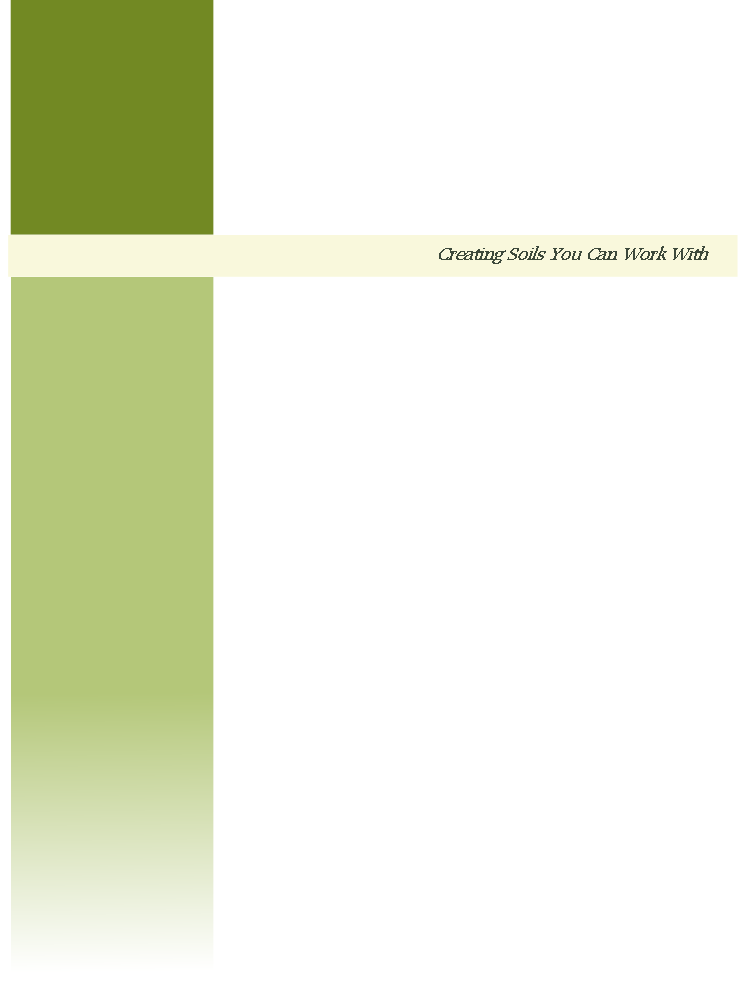
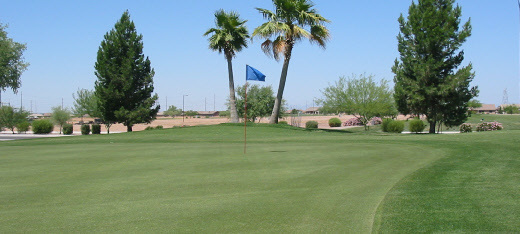
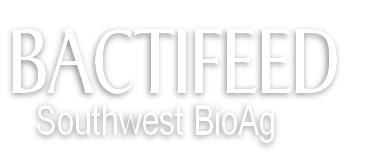
Golf Courses
Two issues confront all golf courses:
- cost of fertilizer
- water utilization
Golf courses have different problems depending on their geographical locations. One
problem universal to golf courses is the cost of fertilizing them. The second universal
problem is water. In some regions there is naturally too much, while in others there
is not enough, even with irrigation.
Bactifeed provides solutions to both problems.
The Bactifeed Soil System is specifically designed to continually revitalize your soil, improve water penetration and enhance fertilizer availability to greens, tees and fairways. The process starts by combining a specifically formulated biological package and a nutrient-balanced food supply contained in a Biological-Generating Tank. It will constantly inject a source of biological organisms and soil stimulants on to your course. The result is a rapid, ongoing improvement in soil conditions and course recovery times.
When the organisms, needed for healthy, productive soil are missing or inactive, the soil’s ability to take in water is reduced. Nutrients become bound up, unavailable to growing plants. Additionally, many Golf Course Superintendents are discovering that as seasons go by, fertilizer requirements continually increase. Correspondingly, the overall health of the soil steadily decreases. But there is a cost-effective, efficient way to reverse the process.
By increasing the level of microbial activity in the soil, we will increase the efficiency of the water, carbon, and nitrogen cycles that are endemic to healthy soils. This means that Bactifeed will enhance the ability to metabolize thatch much faster than it would be able to otherwise. This acceleration means a consistent release of nitrogen from the dead organic matter, as well as other nutrients contained in the thatch. It will allow the soil to open up and process water, nitrogen, and carbon much more efficiently, meaning water will be absorbed at far greater rates than with lower levels of microbial activity. Fertilizers left over season after season will not run off with the irrigation or storm water, but be effectively metabolized into a humus that is readily digestible to root structure. Fertilizer will be more thoroughly absorbed into the soil ecosystem, meaning you will need less water to irrigate the same acreage. Your healthy soil will retain this moisture which will prevent roots from dying in the heat, and water will not run off, but be efficiently absorbed. Because of the increase of absorption, less fertilizers, herbicides, and pesticides will escape to storm water runoff, cleaning your water source. Your fertilizer utilization rate will dramatically increase resulting in the need to use less fertilizer.
Bactifeed provides help at overseeding.
The constant watering at overseeding times keeps the seed from getting too hot and dry. Courses that do not have good organic content (soil that is compacted and closed up) will simply float a good percentage of the seed that is planted off the course in the form of runoff from the water. Blocks of Humic acids in the fertigation tanks are commonly used to try to open soils up so water can penetrate better and not wash as much seed off the course. However, straight humics can also create other problems.
The microbes in Bactifeed opens up the soil to create a much healthier environment for seed germination. They also provide humic, sulphuric, and fulvic acids which further create a much healthier environment for seed germination. Bactifeed helps the water become more efficiently absorbed into the soil and helps to preserve "green" fairways because the roots are staying moist and fertile.
If there was a time to "double down" on applying Bactifeed, it would be during this critical overseeding phase so as get as much biologicals into the soil to help provide a very fertile environment for the seed germination. Overseeding often takes about 1-2 weeks. You may notice that it takes place much quicker in doing your overseed this way, thus saving several days of extremely heave water use.
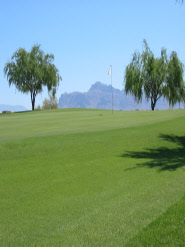
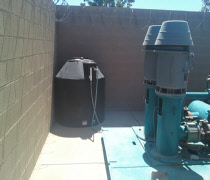
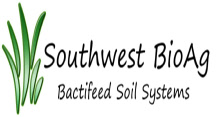
Let us help in saving you money by using less water while retaining and in most cases improving the condition of your Course
Call us today
480-772-2425
A course in Mesa, AZ, after trying Bactifeed on one of their courses for 1 month, saw enough reduction in water use to expand the use of Bactifeed to their remaining courses.
A Golf Course in Tucson , AZ reduced their water usage by 15% for the first 5 months of the year,
or a 13.2 million gallon reduction. Which equates to a savings of over $31,000 for the first 5 months of the year. They report no puddling, no runoff, and the fairways and greens are much greener this time of year compared to years past. This becomes even more remarkable since they have not been able to fertilize since 2007.
The owner of a golf course in Scottsdale, AZ decided to use half the fertilizer he normally used, using Bactifeed every other month. His grass stayed greener during the entire season. His water issues were also substantial, in that there persisted a heavy Alkali content due to the water softeners in the valley. Bactifeed neutralized the alkali, which helped the soil absorb and hold the water. Holding the water prevented root burn and kept the course green. A water savings of nearly 35 percent was observed, and the course is in the best shape going into the over seeding the superintendent has ever seen
In wetter areas, like golf courses in Kansas City, the natural rainfall has been excessive and cost courses tens of thousands of dollars in lost golf revenue because of fairways being underwater or otherwise unplayable. Standing water from these downpours accumulates, killing grass, creating unwanted fungus and insect issues, and weeds.
On one golf course in Kansas City, Bactifeed was used in a few experimental low areas and the standing water receded much quicker after heavy rains. In past years, courses have been closed 40-45 days a year to let the course dry out for golfers, resulting in a loss of $1,000’s of dollars in revenues. Thus far in the season they have had more rain than last year, and 15 fewer closures. Golfers are on the course after the rain stops. The superintendent was able to cut 25% out of his fertilizer budget before the season ever began, and the grass is flourishing all over the course. Fewer herbicides are necessary because there is less standing water, and fewer fungal issues and insect issues have been observed. Most of all, the cost for an annual regimen of Bactifeed is made up by having one and a half days of less rain induced closure. The savings in fertilizer alone was 6 times the cost of an annual supply of Bactifeed.
